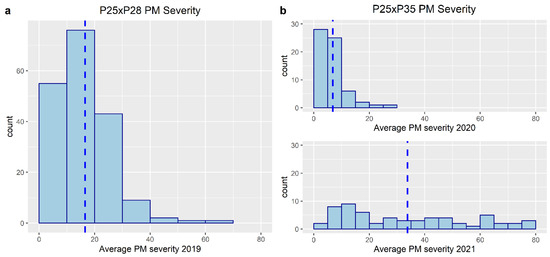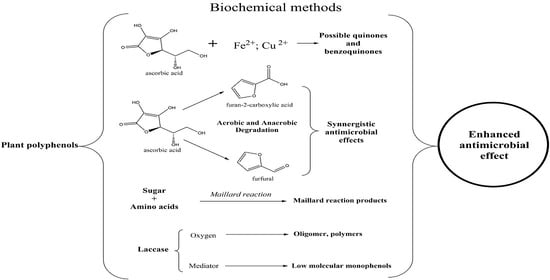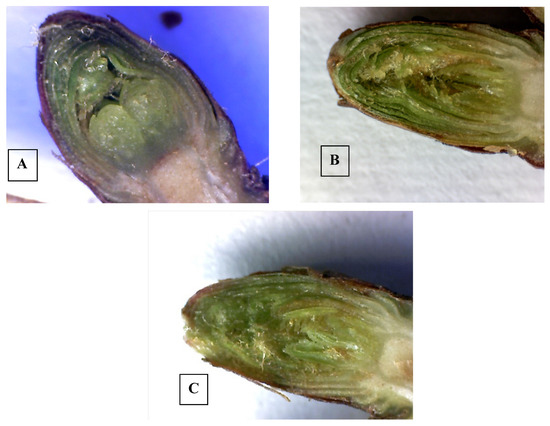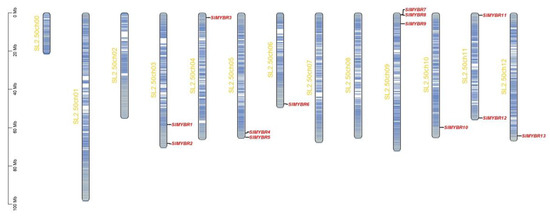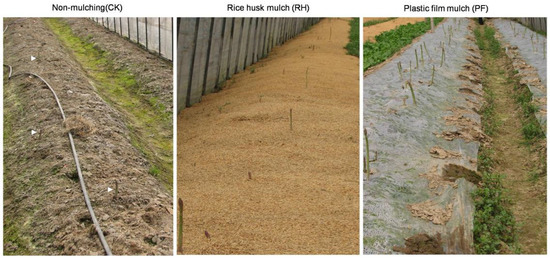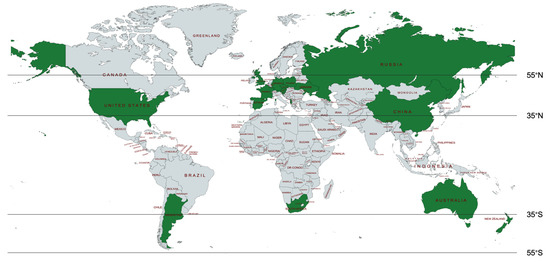Horticulturae 2022, 8(5), 406; https://doi.org/10.3390/horticulturae8050406 - 5 May 2022
Cited by 1 | Viewed by 2912
Abstract
Bananas are one of the most crucial fruit crops worldwide and significantly contribute to food security in developing countries. However, blood disease of bananas caused by Ralstonia syzygii subspecies celebensensis has become a threat to banana production. Rapid and accurate diagnosis of BDB
[...] Read more.
Bananas are one of the most crucial fruit crops worldwide and significantly contribute to food security in developing countries. However, blood disease of bananas caused by Ralstonia syzygii subspecies celebensensis has become a threat to banana production. Rapid and accurate diagnosis of BDB for on-site detection is pivotal at an early stage for an effective disease control strategy. This study developed LAMP with specific primers targeting BDB, followed by a flocculation assay for visualising positive amplification in the LAMP assay. The assay was sensitive to picogram amounts of gDNA (0.5 pg). LAMP assay on BDB gDNA showed flocculation, but negative results on Fusarium oxysporus cubense and Ralstonia solanacearum confirming the specificity of the assays. Field testing conducted at MARDI headquarters and Taman Pertanian Universiti discovered that the LAMP-flocculation assays were successful in detecting BDB on symptomatic samples as well as on samples from a healthy plot with no symptom observed at the sampling stage, revealing that this assay can detect BDB at an early infection stage. The validation results showed that the LAMP-flocculation assay was comparable with the PCR technique. This newly developed technique is highly specific and sensitive for the early detection of BDB for the adoption of precautionary control measures.
Full article
(This article belongs to the Special Issue Bacterial Diseases in Horticulture: Advances in the Study of Pathogens, Interaction with the Host, Diagnosis and Sustainable Control)
►
Show Figures

